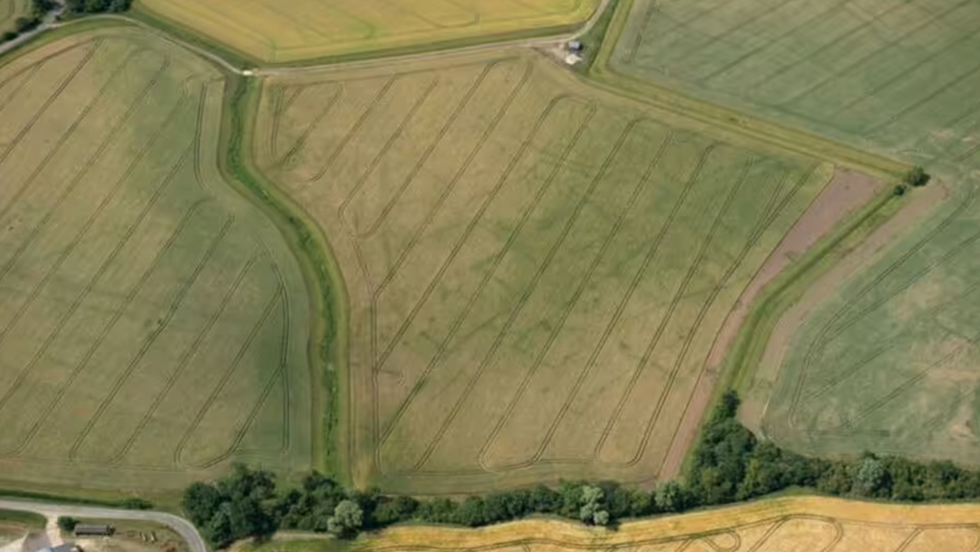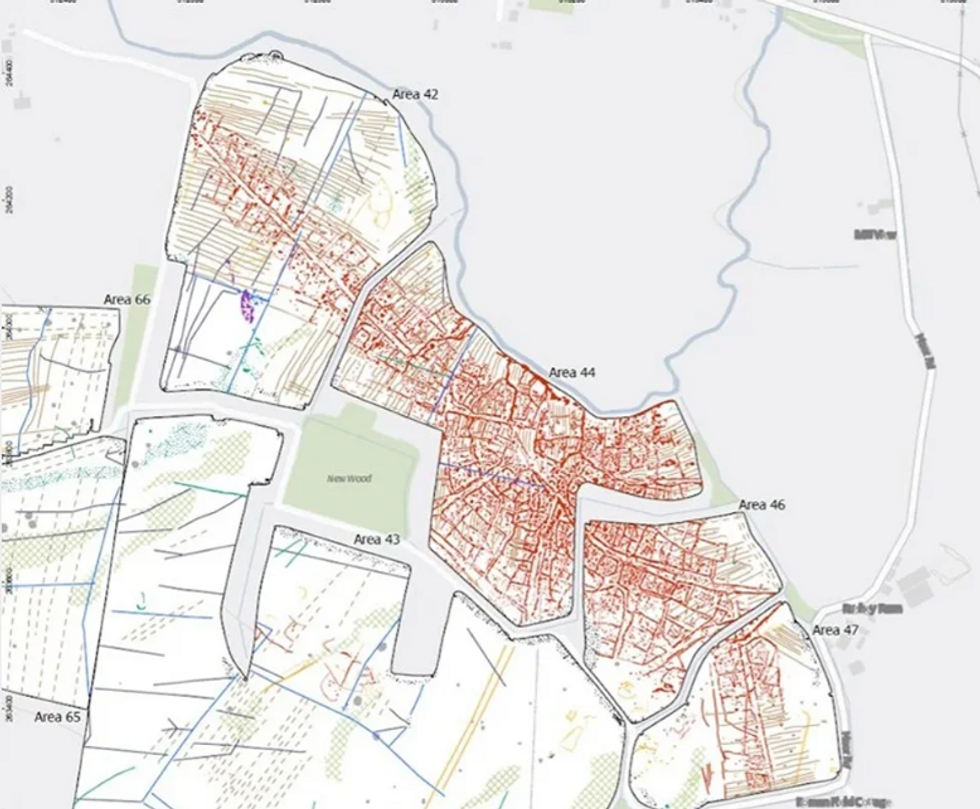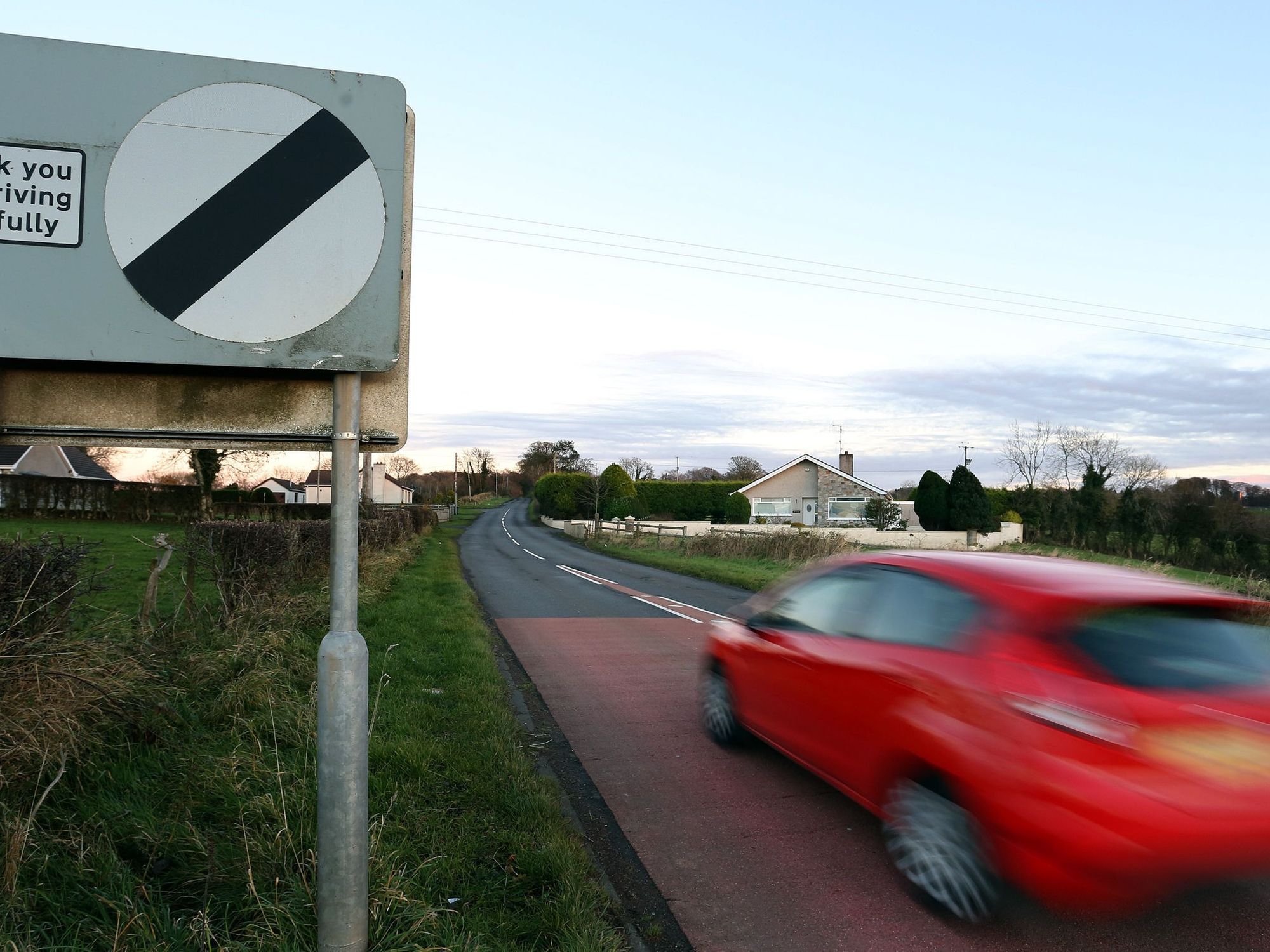Archaeology discovery blocks Ed Miliband's net zero plans for solar farm

After the discovery of the site, East Park Energy applied for the area to be given heritage protection as a scheduled monument
Don't Miss
Most Read
An archaeology discovery found beneath a UK county has blocked Ed Milliband’s plans for a solar farm as part of his net zero drive.
A team of researchers at AOC Archaeology have discovered the remains of a roman town underneath Great Staunton in Cambridgeshire.
The team were working on behalf of East Park Energy, a solar farm and energy project which is aimed at meeting the UK’s net zero proposals.
The town was identified using aerial photography and geophysical surveys, which have revealed that the settlement spread over 31 hectares.

A team of researchers at AOC Archaeology have discovered the remains of a roman town underneath Great Staunton in Cambridgeshire
|Historic England
Archaeologists have uncovered features such as pottery kilns, metalworking forges, and a villa complex, as well as traces of domestic and major industrial activities.
Historic England said: “The settlement is close to a main Roman road leading from Dorchester-on-Thames to Alconbury Weald, which passes south of the settlement in a southeast to northwest alignment.
“This will have provided a good transport route for the settlement and, together with the River Kym, offered key communication links for the town.”
Numerous Roman artefacts have already been unearthed by the team, including pottery, animal bone, glass, coins and shells.
MORE ARCHAEOLOGICAL BREAKTHROUGHS:
After the discovery of the site, East Park Energy applied for the area to be given heritage protection as a scheduled monument.
The project has also announced that it will stop development plans for the building of solar panels in the area.
They said: “As a responsible developer, we have sought to redesign our scheme to preserve this discovery.
“We are therefore confirming that, as part of our upcoming statutory consultation, we will no longer be proposing to build solar panels on any of the land that has been scheduled.”

The town was identified using aerial photography and geophysical surveys
|Historic England
The archaeological works at the site are ongoing, and are scheduled to be completed by August.
The team has hypothesised that the town started as a pre-Roman settlement, though this is yet to be confirmed.











